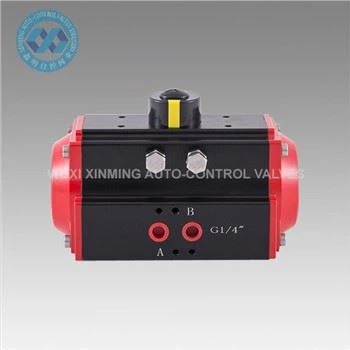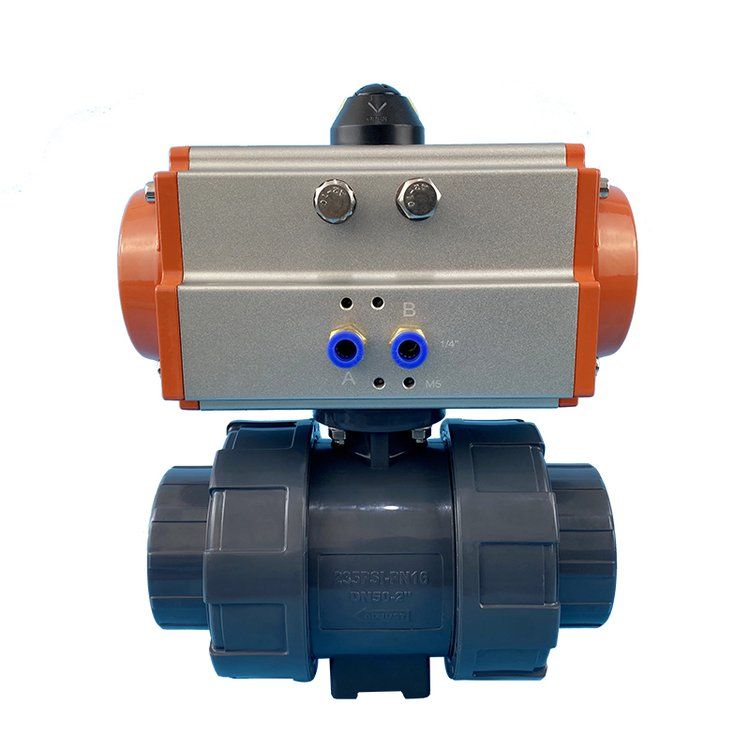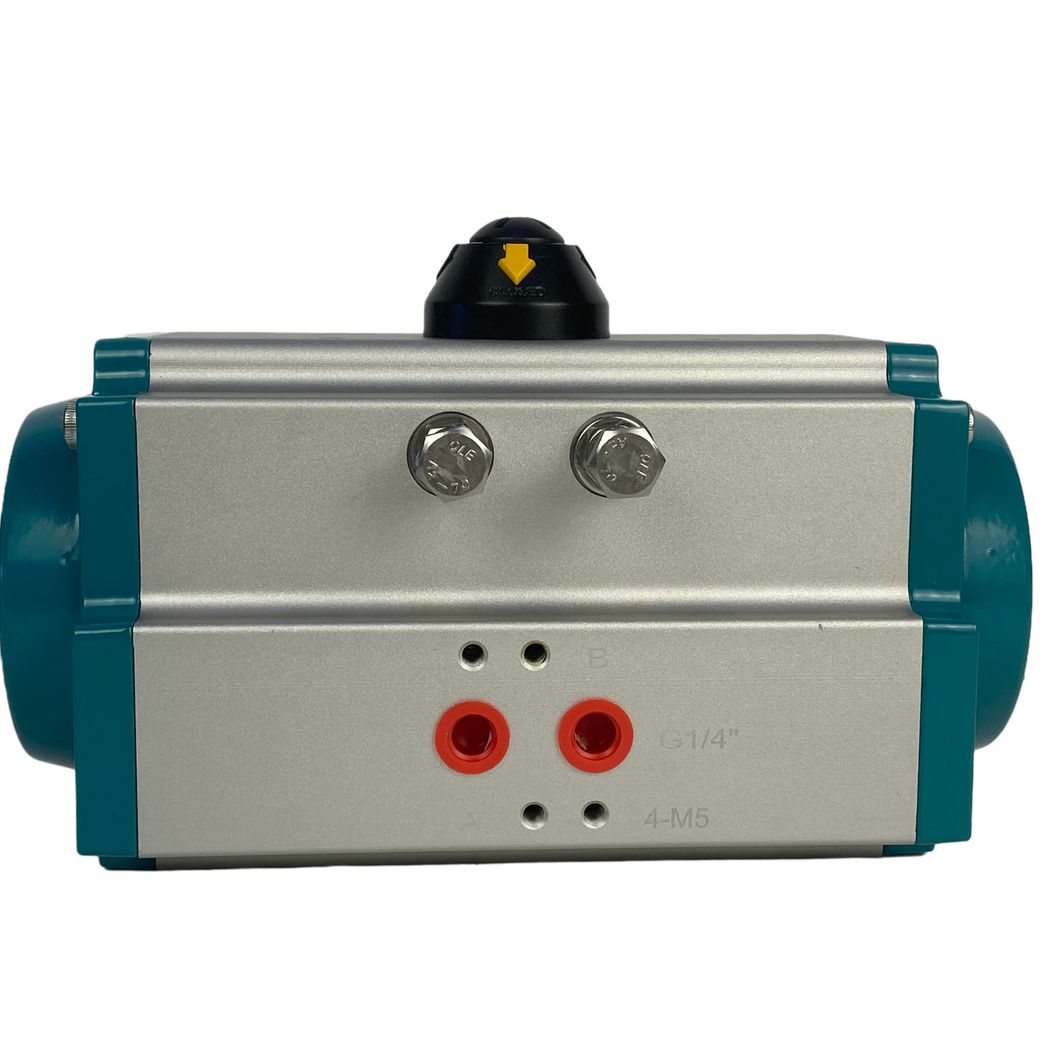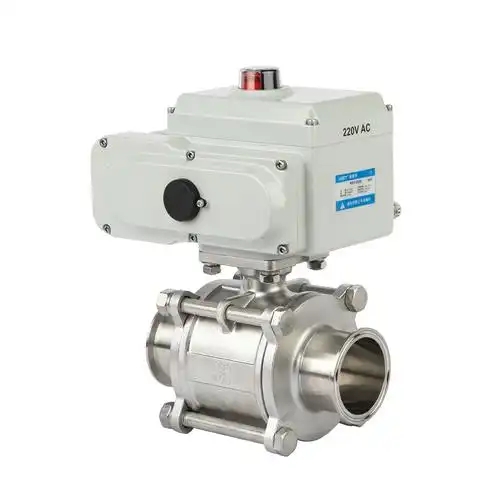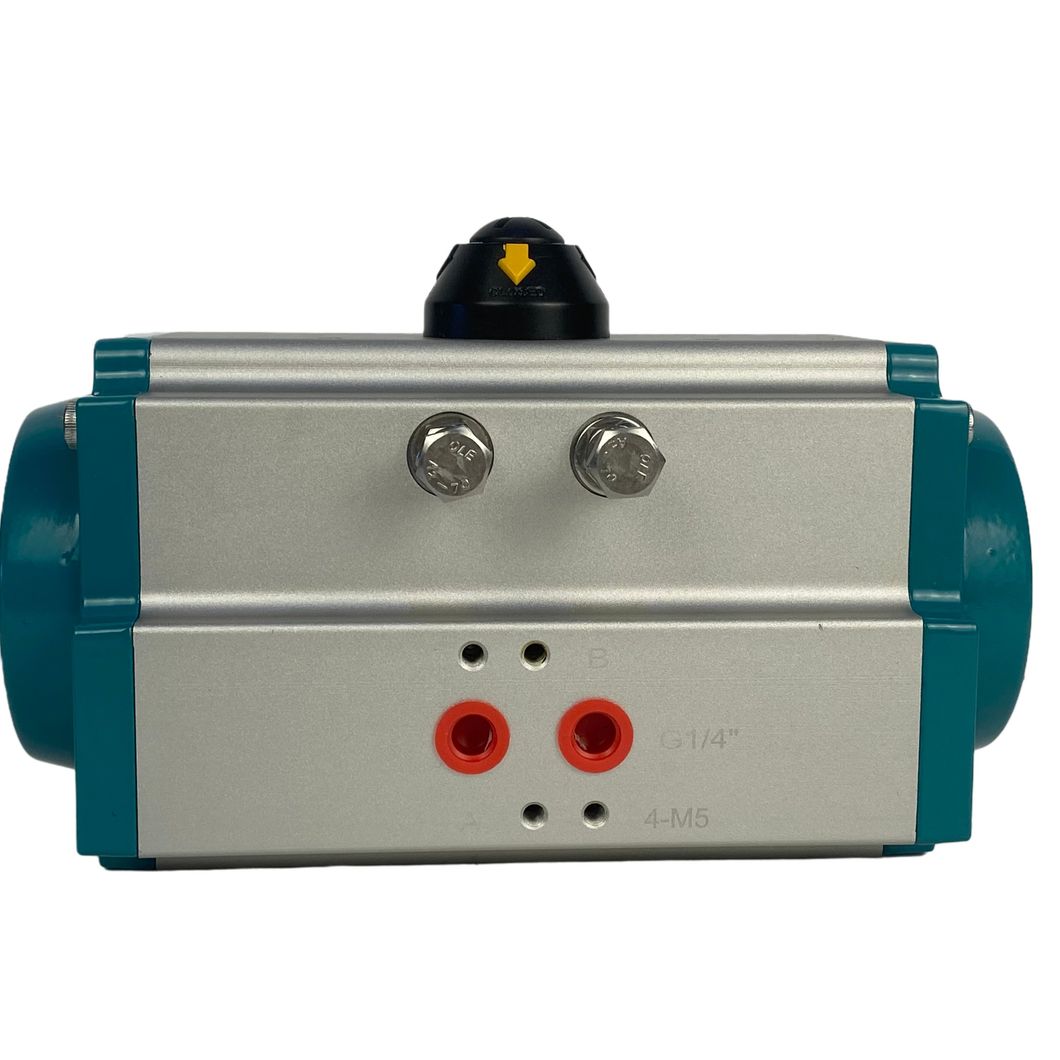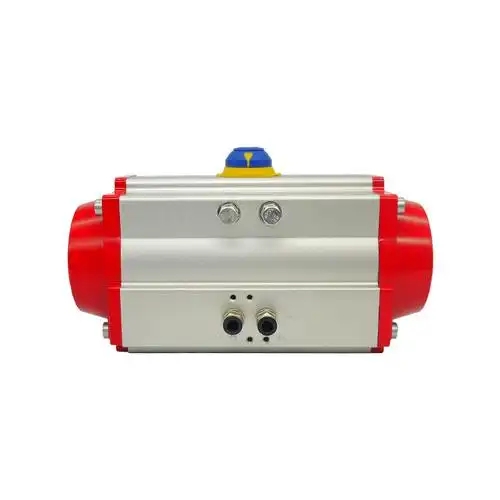Spring Return Pneumatic Actuator Maintenance Guide
Proper maintenance is key to ensuring consistent performance and prolonging operational life of pneumatic actuators
Regular upkeep prevents unexpected breakdowns and keeps the device functioning smoothly across industrial settings. Follow these comprehensive maintenance steps to ensure optimal performance.
Thorough Cleaning Procedures
- Over time, dust, dirt, and debris accumulate on surfaces and within internal parts, hindering movement and efficiency
- Use a soft cloth or brush to remove surface contaminants routinely
- Avoid harsh chemicals that could damage seals or protective coatings
- Choose mild cleaning solutions suggested by the manufacturer instead
- Pay special attention to crevices and moving parts where debris can accumulate
Proper Lubrication Techniques
- Moving components like stems, bearings, and linkages need proper lubrication
- Apply suitable lubricants at consistent intervals to minimize friction and wear
- Ensure even coverage without excess, which can attract additional dirt
- Select lubricants compatible with the actuator's materials to avoid deterioration
- Follow manufacturer's recommendations for lubrication frequency and type
Seal and Connection Inspection
- Frequently inspect seals and O-rings for wear, cracks, or brittleness
- These elements are crucial for maintaining air pressure and preventing leaks
- Replace damaged seals immediately with genuine parts for proper fitting
- Check connections and fittings for air leaks by listening for hissing sounds
- Apply soapy water to identify leak points (forms bubbles at leak locations)
Regular Functionality Testing
- Operate the actuator through its complete range of motion regularly
- Verify smooth movement and proper spring return action
- Watch for unusual noises, sticking, or hesitation, which may signal internal problems
- Monitor how the actuator responds to control signals
- Ensure correct actuation and proper return to default position when pressure is released
Environmental Protection
- Protect the actuator from harsh environments and extreme conditions
- Extreme temperatures, moisture, and corrosives accelerate wear and damage
- Reduce exposure to excessive vibration which can loosen components
- Use protective covers or enclosures if needed for demanding environments
- Ensure the installation area avoids harmful conditions when possible
Documentation and Guidelines
- Follow manufacturer guidelines for maintenance procedures
- Manufacturers provide design-specific recommendations for optimal care
- Keep detailed maintenance records to track performance over time
- Document all inspections, repairs, and part replacements
- Use records to identify patterns and address issues before they cause failures
If you want to learn more about low-priced products, please visit the following website: www.xm-valveactuator.com






